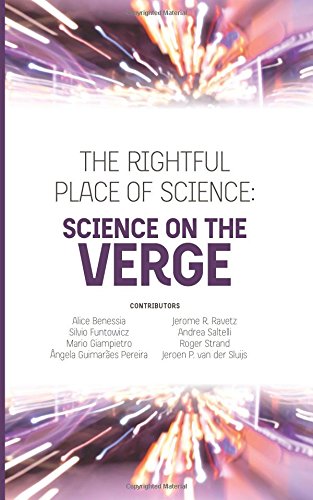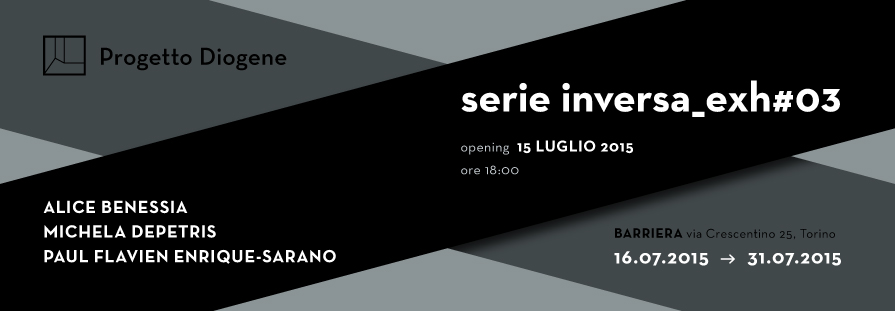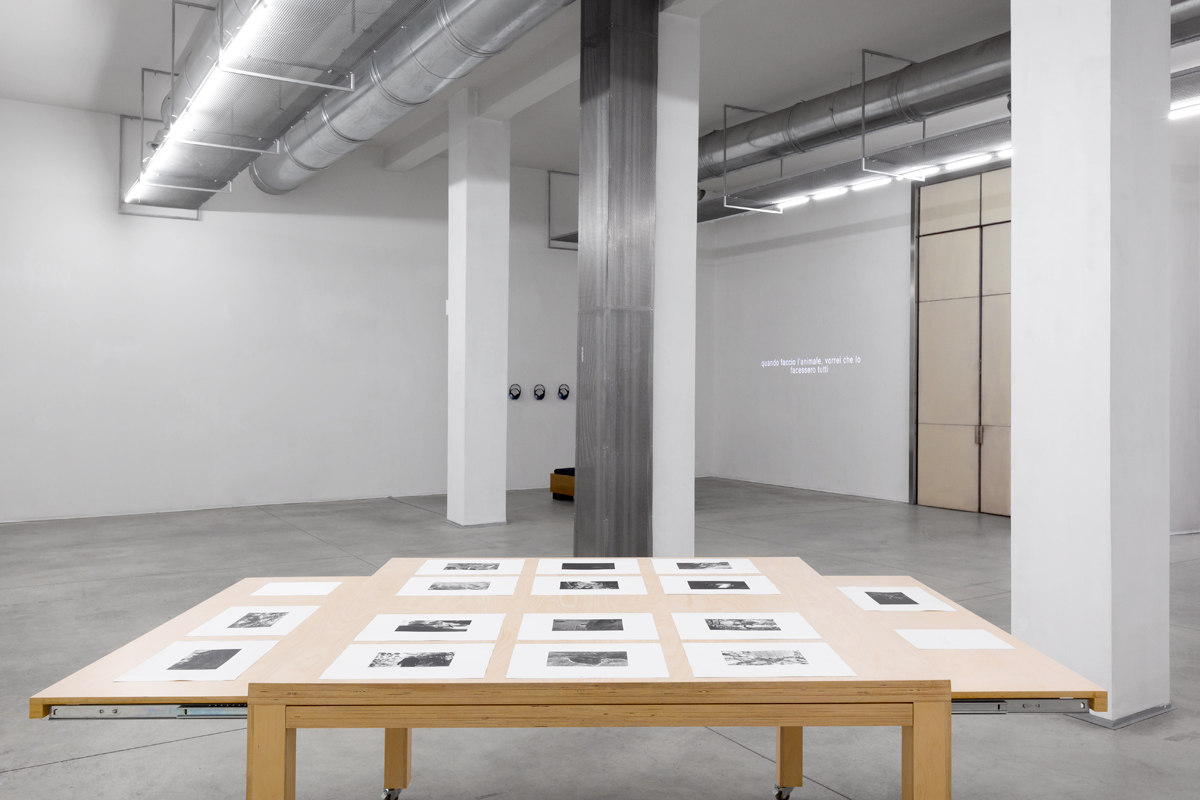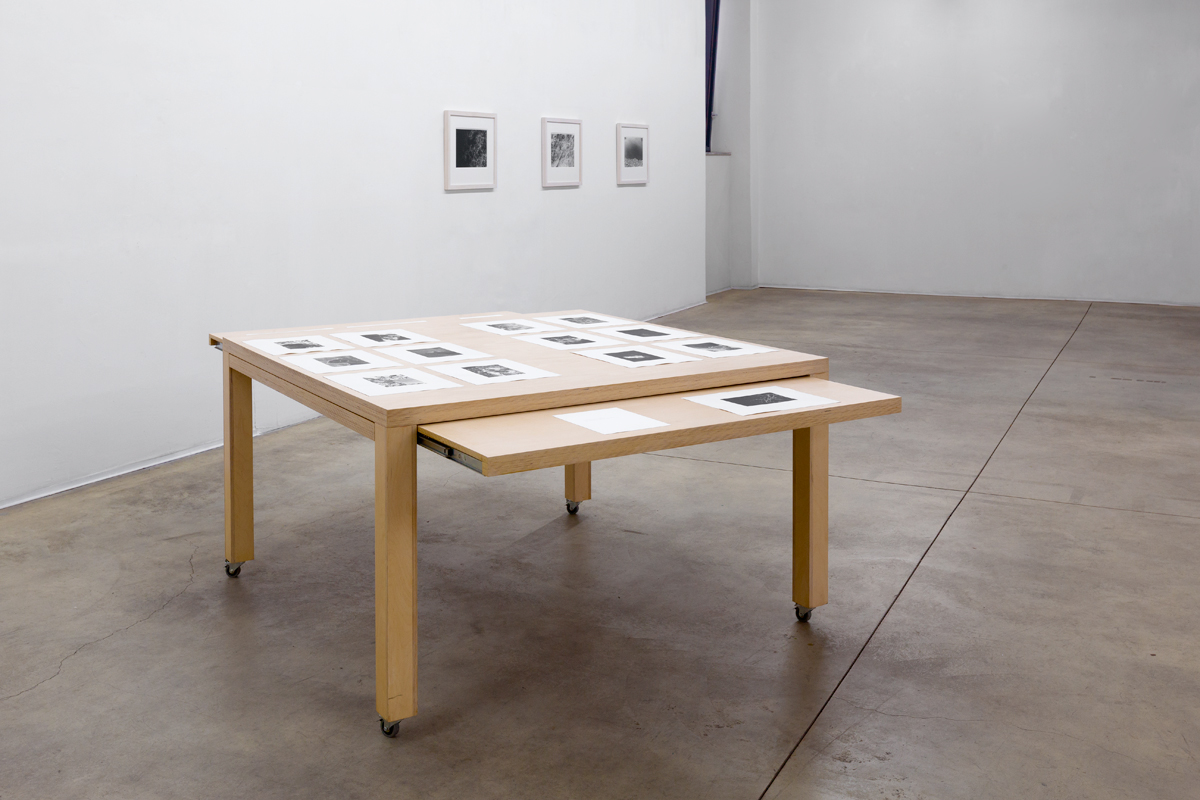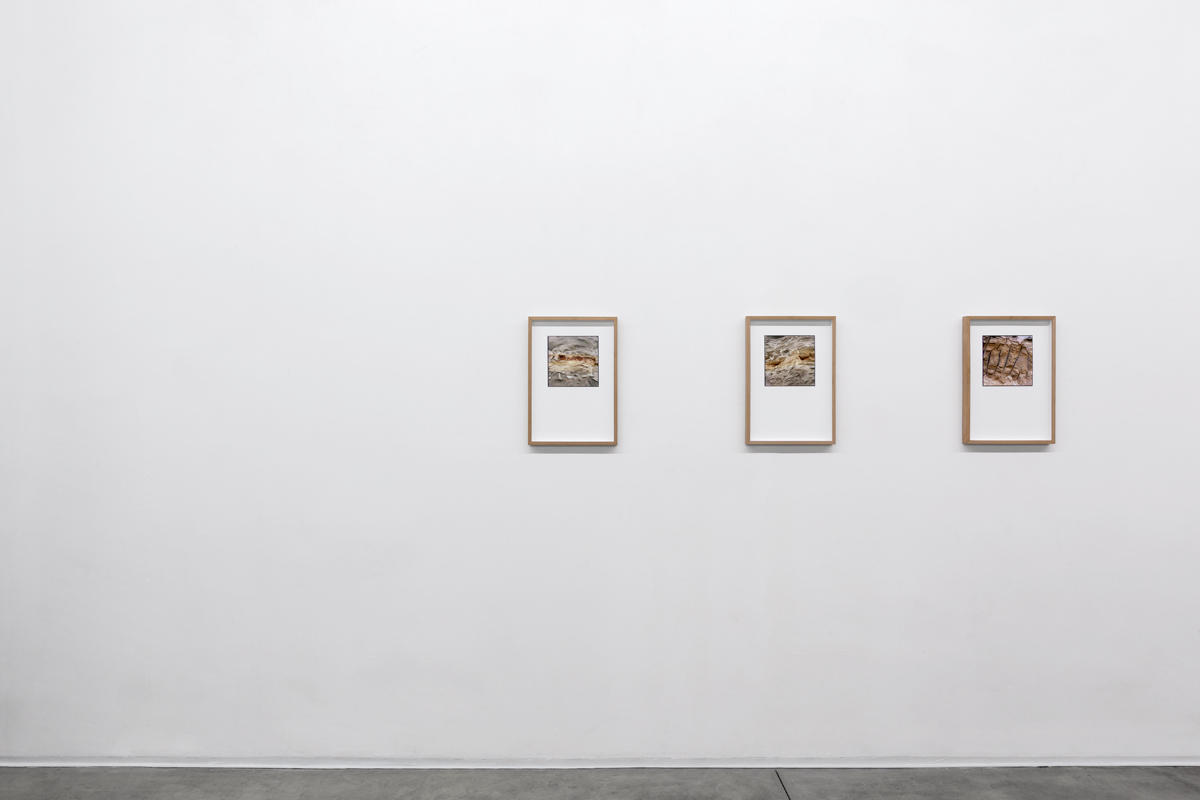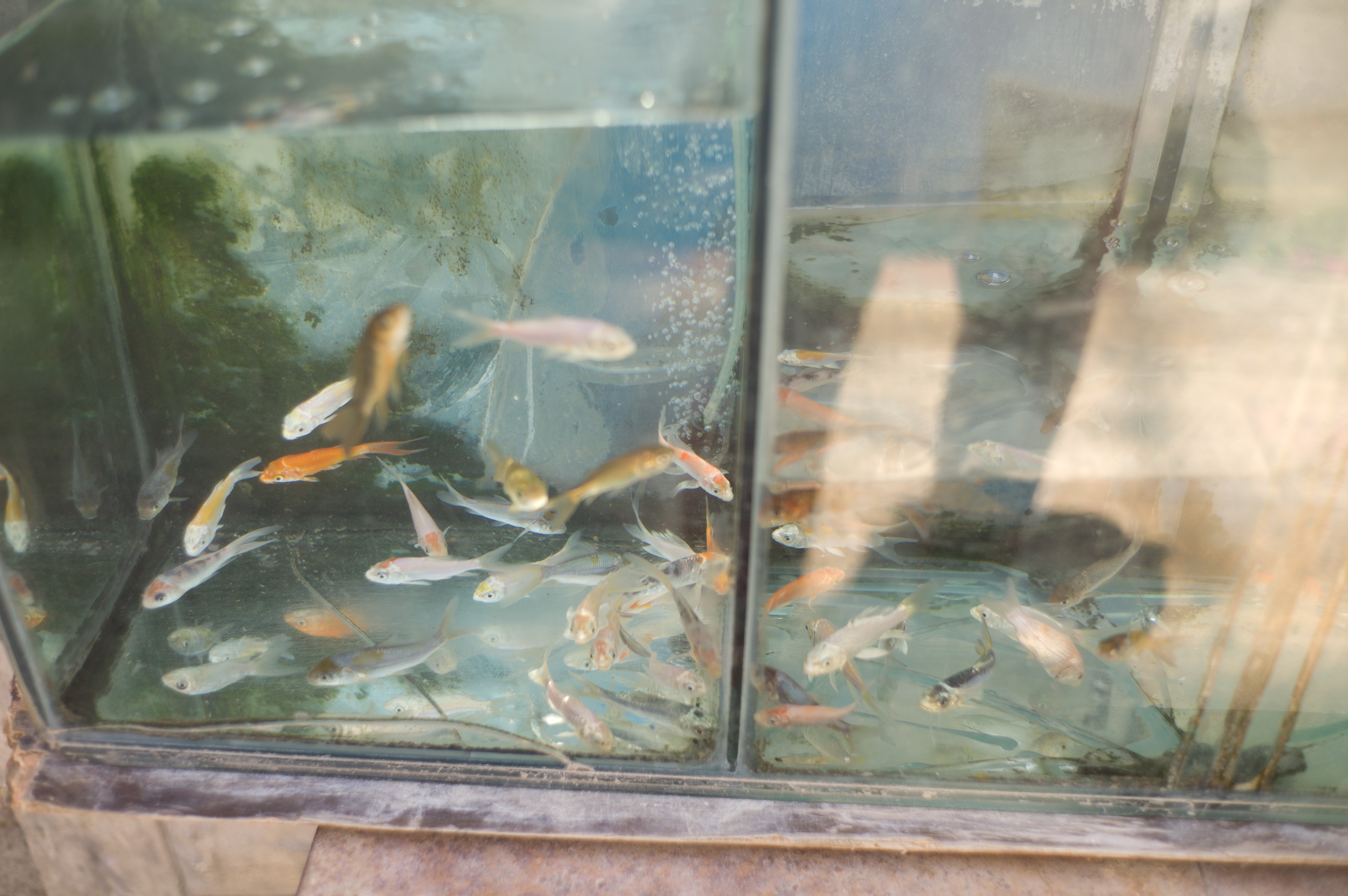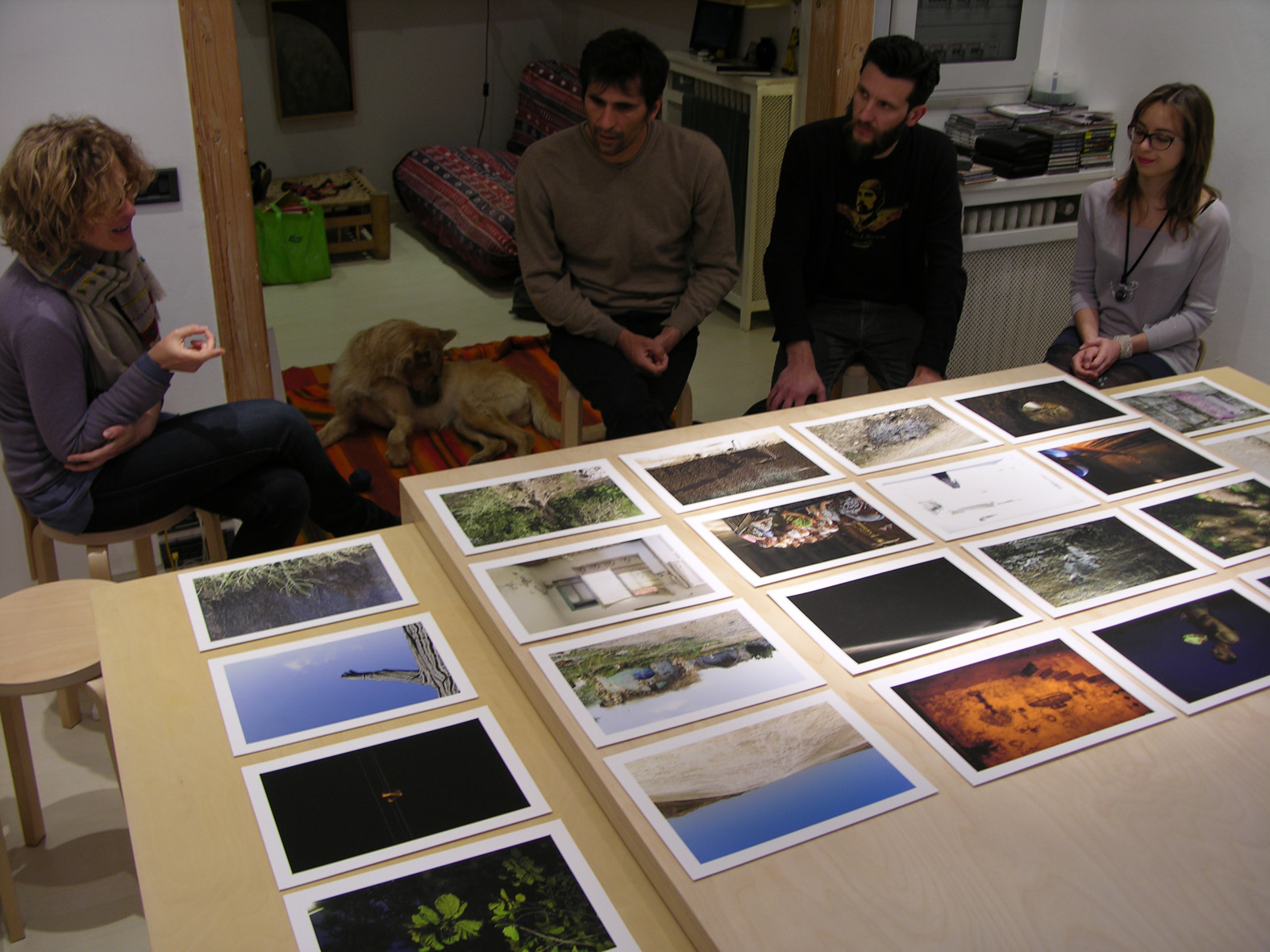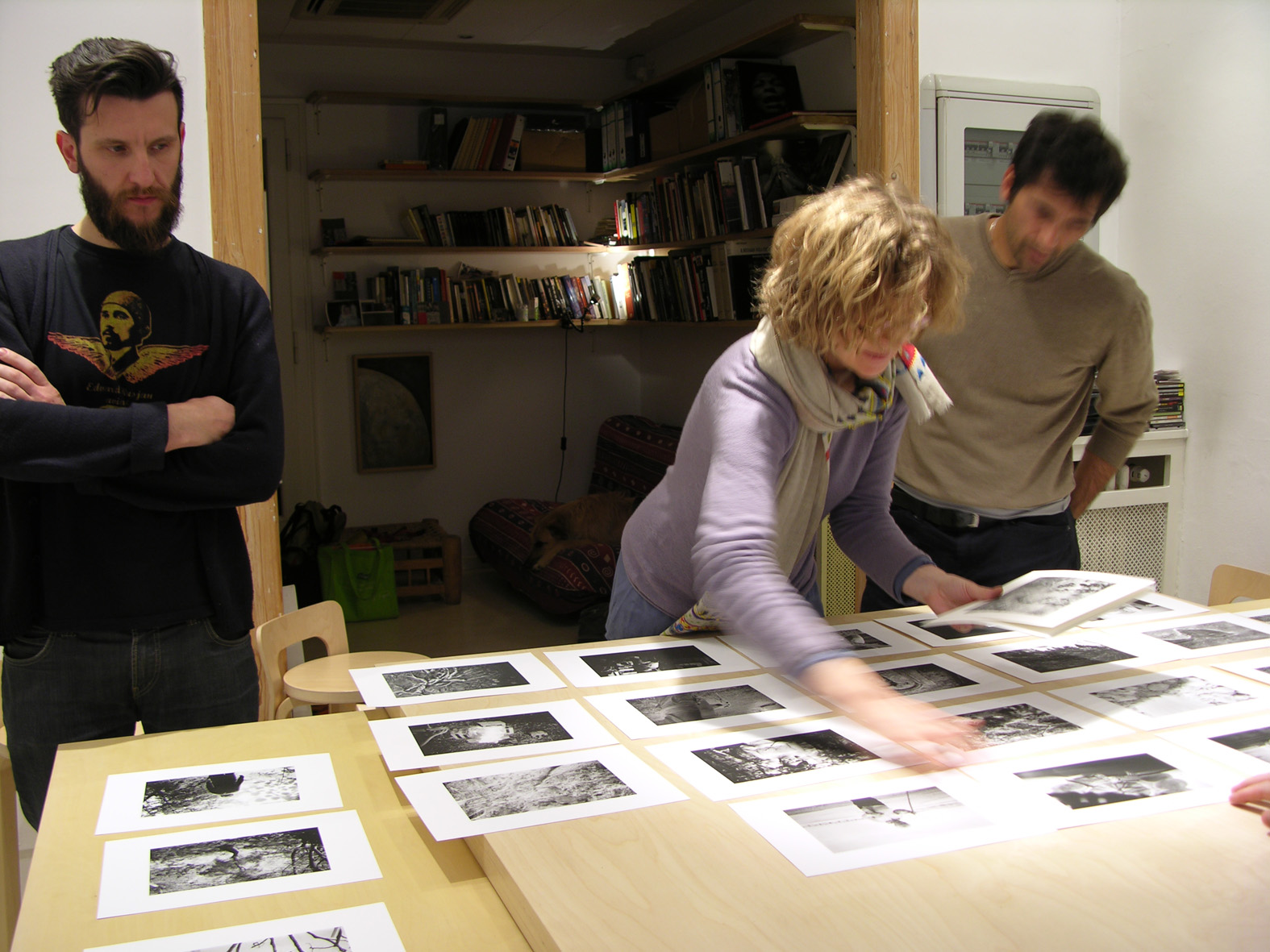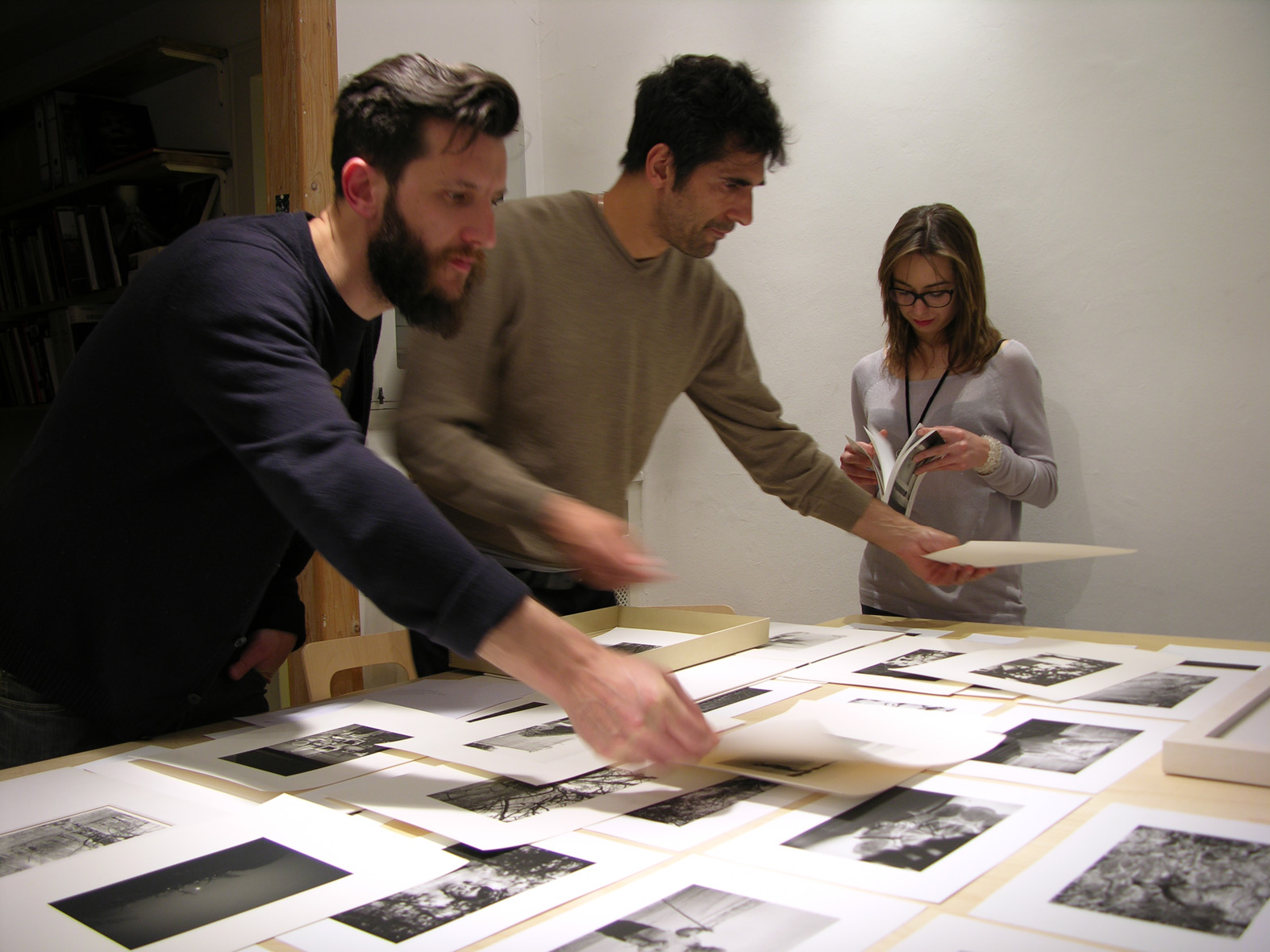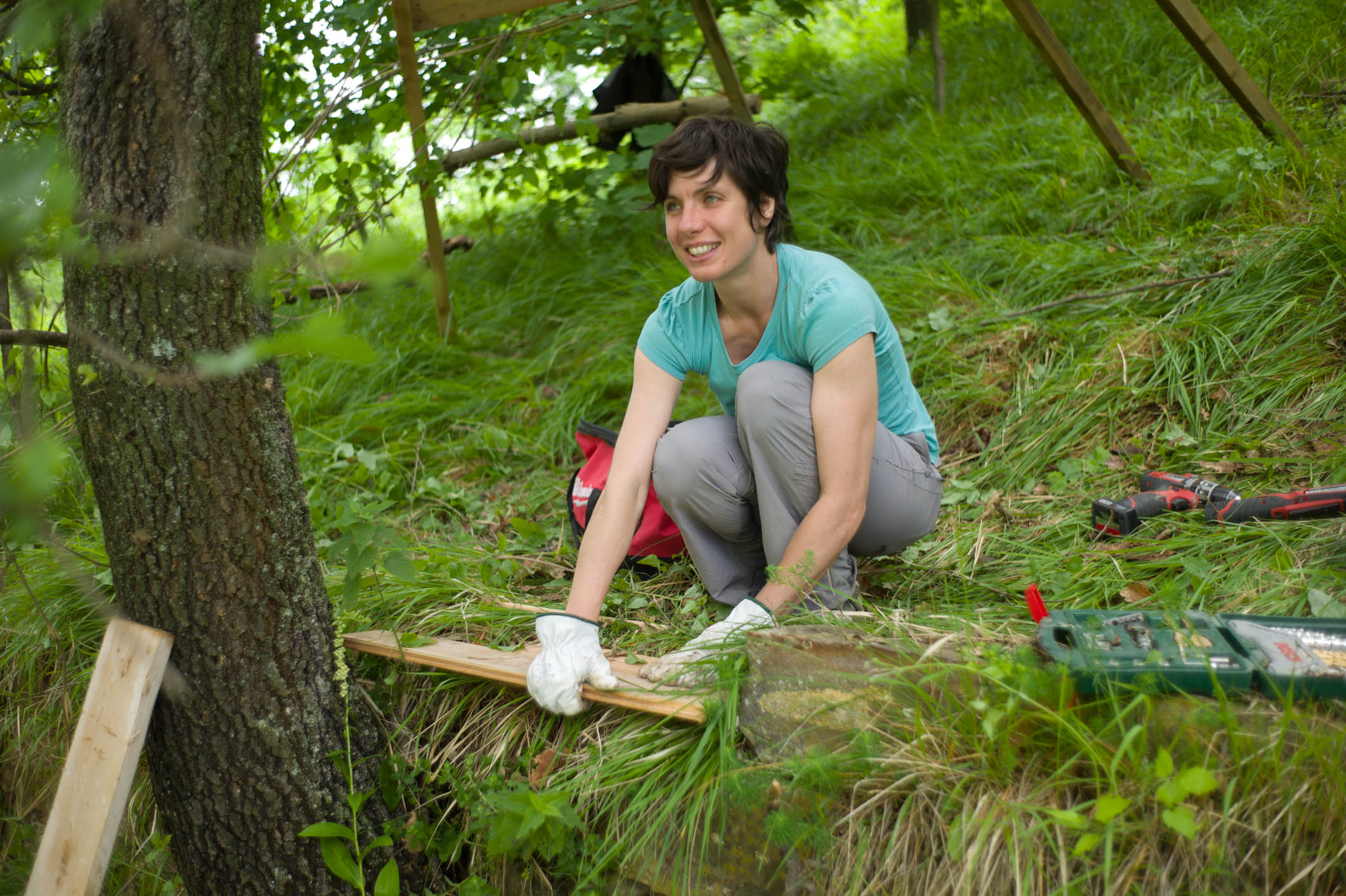
Torino – Mercoledì 10 giugno, al Tram Diogene, avrà luogo uno degli ultimi incontri stagionali di Serie Inversa, che precedono la mostra annuale prevista per il mese di luglio negli spazi di Barriera. Ospite di questo appuntamento attraverso il quale Progetto Diogene effettua una ricognizione sulle pratiche artistiche in via di consolidamento sul territorio piemontese sarà l’artista Alice Benessia.
Nella sua ricerca, l’artista torinese declina l’atto del fotografare in un senso paradossale e, come dichiarato, cerca di «utilizzare uno strumento che inquadra allo scopo di rimuovere ogni inquadramento dal proprio sguardo, su di sé e sul mondo esterno». La ricerca, la pratica e la fruizione fotografica sono interpretate come possibili percorsi di indagine non solo della visione e della percezione, ma anche come opportunità di sondare uno stato dell’essere più ampio: «per ricordare e raffinare la propria capacità di essere presenti, dunque consapevoli di ciò che ci abita e ci circonda, e pertanto pronti e aperti all’evolvere nel tempo». In questo senso, viene ribaltato lo statuto ontologico della fotografia che diventa un’arte della presenza: imparare a essere in uno spazio e in un tempo definito, in relazione dinamica con la luce e con il flusso di eventi esterni e interni. Nella presentazione di un lavoro della Benessia viene affermato che «gran parte delle nostre teorie sul mondo e del nostro modo di vivere in esso dipendono da come ci guardiamo attorno. �È un esercizio di grande ambizione� sospendere il senso preordinato di ciò che si incontra e�limitarsi a sentirne la sola presenza.�Anche solo per un attimo,� si diventa testimoni di un incontro tra due forme (se stessi e il fuori) che semplicemente sono». La volontà di esercitarsi sulla questione del tempo come materia pare esplicita.
Alice Benessia considers the act of photographing in a paradoxical sense: using a framing instrument in order to un-frame, that is to explore, one’s own capacity to see. Photographic research, practice and fruition are undertaken as ways to work not only on vision and perception, but on a more general state of being: “reminding and refining one’s own capacity to be present, therefore aware about what is there, and open to what will be next”. In this sense, photography becomes a performative art: learning to be in a definite space and time, in a dynamic relation with light, internal and external events. As we read in the presentation of one of her pieces: “Most of our theories about the world, and most of our way of living in it, depend on how we look around. To suspend the preconceived sense of what we encounter, and to just feel its presence, is a very ambitious task. Even for just a moment, one witnesses the encounter between two forms (oneself and the outside) that simply are”.


